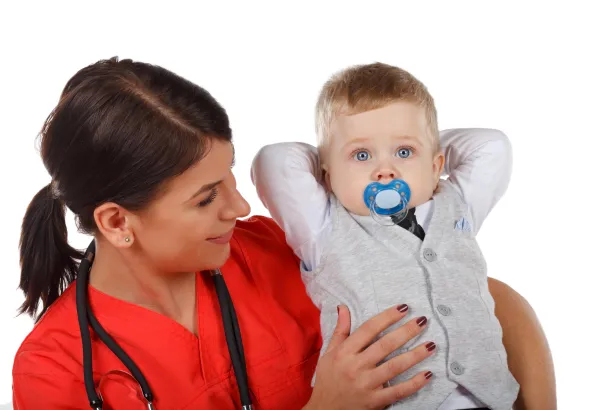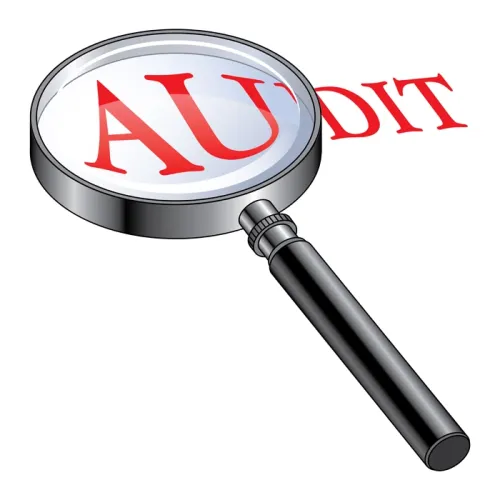Answer These 4 Questions, Enhance Your Cerumen Removal Coding
Don’t let familiarity with this common procedure breed contempt. Cerumen removal is one of the most common procedures performed in pediatric medicine. If you’re a new coder, that means you’ll quickly need to develop strategies to code the procedure whenever your provider removes earwax from a young patient’s ear. And if you have plenty of experience dealing with the service, you’re probably always looking for ways to refine your coding technique whenever the scenario comes across your desk. That’s why we distilled the process of coding cerumen removals into these four questions. Ask each one in turn, and you’ll quickly and efficiently produce flawless documentation for typical cerumen removal encounters. 1) Ask, ‘Is the cerumen impacted or not?’ The first question is perhaps the most important, as the answer will lead you to the two most common ways to code cerumen removals. “I feel it is essential for the provider to document that the cerumen is impacted in the appropriate instances,” says Ronda Tews, CPC, CHC, CCS-P, AAPC Fellow, director of billing and coding compliance at Modernizing Medicine in Boca Raton, Florida. “It might be possible for the ear canal to be obstructed [blocked], but not impacted [pressed firmly together]. It is best to document as specifically as possible, especially as choosing the most appropriate code to reflect the services performed relies on what is documented,” Tews advises. If the cerumen is not impacted “you would not use either of the CPT® codes specifically for impacted cerumen,” says Sherika Charles, CDIP, CCS, CPC, CPMA, compliance analyst with UT Southwestern Medical Center in Dallas, Texas. “Instead, you would code using the appropriate evaluation and management [E/M] service,” Charles adds. This agrees with CPT® guidelines, which state, in part, that “for cerumen removal that is not impacted, see E/M service code.” Consequently, you would choose the appropriate E/M code from 99201 through 99215 (Office or other outpatient visit for the evaluation and management of a new/established patient …) for removal in the office of cerumen that your provider has not documented as impacted. This is true even if the provider uses a curette to remove a flake of cerumen in front of the canal or if the provider irrigates the ear. If the cerumen is not impacted, you cannot bill either of the cerumen removal procedures with the visit. However, if your provider notes that the cerumen is extremely hard and needs to be removed because it is preventing an examination of portions of the external auditory canal, tympanic membrane, or middle ear, you will need to ask the next question. 2) Ask, ‘What procedure did the provider use?’ Altogether, there are three codes you might use to document impacted cerumen removal: “The main difference between the first two codes is the technique used to remove the impacted cerumen,” says Charles. “Code 69209 should be used if the impacted cerumen was removed using irrigation/lavage, while 69210 should be used if the impacted cerumen was removed using instrumentation such as an otoscope, wax curettes, or wire loops.” The third code, G0268, should only be used when the physician removes the impaction on the same day that an audiologist has attempted to test for a patient’s audiologic function. It’s doubtful that you will encounter these circumstances in a pediatric setting, but if you do, you should note that this code, unlike 69209/69210, applies to bilateral impacted cerumen removal. Coding alert: G codes are typically only used with government programs like Medicare, Medicaid, or Tricare. Some carriers may also use them, so be sure to check in advance before billing with the code. The issue of laterality, though, leads to the third question. 3) Ask, ‘Was the service performed on one or both ears?’ This question is actually a little more complex than it seems. Per their descriptors, both 69209 and 69210 are unilateral procedures. Should your provider remove impacted cerumen from both ears using 69209, you will need to append modifier 50 (Bilateral procedure) to the procedure or follow payer guidelines to indicate that both ears were involved. However, if you are billing for Medicare, you should know that the Centers for Medicare and Medicaid Services (CMS) bases the work relative value units (RVUs) for 69210 on its being performed bilaterally. This means that whether 69210 is performed unilaterally or bilaterally, you can only bill one unit, so modifier 50 is not necessary. Naturally, you should check payer guidelines to make sure you know their preference for reporting unilateral or bilateral cerumen removal. 4) Ask, ‘What ICD-10 codes will support the service?’ This final question is also a little trickier than it appears on the surface. There are several ICD-10 codes that you can use specifically for impacted cerumen, including: However, the presence of cerumen in a patient’s ear may be the result of an underlying problem, for which you could use diagnoses such as H65.- (Nonsuppurative otitis media), H66.- (Suppurative and unspecified otitis media), or H92.- (Otalgia and effusion of ear). Just be sure to carefully examine your provider’s notes to see which diagnosis is being used to justify the procedure or, in the case of nonimpacted cerumen, the E/M service, to your payer.




